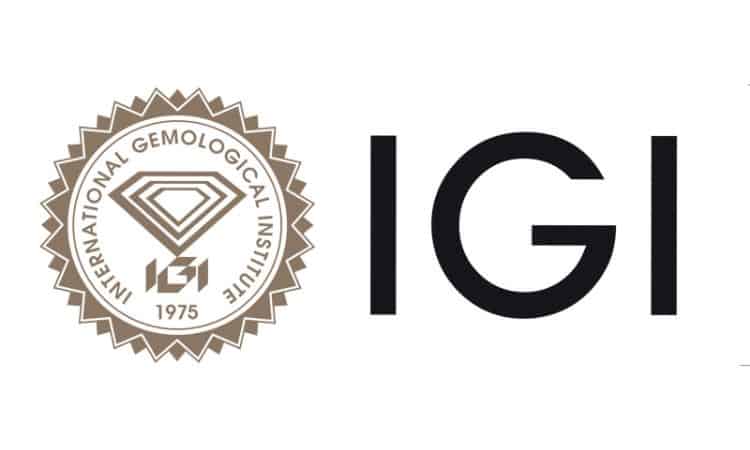GIA vs IGI Diamond Certificates: Which One Should You Trust?
Understanding the Differences Between GIA and IGI Diamond Certifications: Why It Matters for Your Investment
When purchasing a diamond, the certification acts as your ultimate proof of value and quality. The two most recognized names in the market are the Gemological Institute of America (GIA) and the International Gemological Institute (IGI). However, these reports are not created equal, and selecting the wrong certification can cost you between 5-15% in overpayment or resale loss. This article unpacks the key differences to help you make an informed choice.
1. Certification Philosophy and Grading Stringency
GIA: The Industry Gold Standard
Founded in 1931, GIA developed the globally accepted 4Cs grading system (Cut, Color, Clarity, Carat Weight). Their priority lies in consistency and conservatism, with graders using master stones and controlled lighting to ensure strict standards. GIA certificates are trusted by major auction houses such as Sotheby’s and Christie’s, and by high-end jewelers worldwide.
IGI: The Commercial Alternative
Founded in 1975, IGI focuses on volume, affordability, and accessibility. Their grading prioritizes practicality for jewelers with faster turnaround times and lower fees. IGI holds over 70% of the market share in lab-grown diamond certification, making it the dominant player in that sector.
2. Grading Differences and Buyer Impact
| Grading Factor | GIA Standard | IGI Standard | Impact on Buyer |
|---|---|---|---|
| Color | 1-2 grades stricter | More lenient (e.g., calls an "H" a "G") | Potential overpayment for lower color grade |
| Clarity | 10-15% stricter on inclusions | May upgrade SI2 to SI1 | Visible flaws possible |
| Cut | 3EX criteria extremely rigid | More flexible on proportions | Fire and brilliance may suffer |
A 2024 independent study by Rapaport comparing 500 matched diamonds found notable discrepancies. For example, a 1ct diamond graded E VS1 by IGI was regraded as F VS2 by GIA, representing a 12% value difference.
3. Lab-Grown Diamonds and IGI’s Market Dominance
IGI certifies over 70% of lab-grown diamonds globally, favored for its faster turnaround (~3-5 days) and lower certification fees (~$75 compared to GIA’s $150+). GIA only began grading lab-grown diamonds in 2020 and uses stricter criteria, often omitting terms like “Excellent” for cut grades on lab-grown reports. Beware that some sellers may leverage IGI’s more lenient grading to price lab-grown stones higher than their true value.
4. Report Details and Transparency
GIA reports include an inclusion plot (mapping internal flaws), proportions diagram (depth, table, angles), and advanced security features like holograms and QR codes for authentication.
IGI reports often lack inclusion plots on older certificates and provide less detail on cut precision. They have also faced incidents such as certificate swapping scandals (e.g., Dubai, 2021).
For natural diamonds, GIA’s report is a comprehensive 360° audit, whereas IGI’s tends to be a summary report.
5. Market Trust and Resale Value
High-end auction houses and insurers require GIA certification for diamonds valued over $20,000. GIA-certified diamonds typically achieve 5-15% higher resale prices. In contrast, IGI stones often need costly regrading (up to $300) for resale purposes.
Consumer example: Sarah bought a 2ct natural diamond graded H VVS2 by IGI for $28,000. Upon resale, GIA regraded it as I VS1, reducing the value to $22,000.
6. When to Choose Which Certification
- Choose GIA if: Purchasing natural diamonds over 0.5 carats, prioritizing long-term value, or investing in heirloom-quality pieces.
- Choose IGI if: Buying lab-grown diamonds, small stones under 0.3 carats, or needing quick certification turnaround.
7. Verifying Authenticity
For GIA certificates, scan the QR code or verify the report number on GIA.edu. Confirm the diamond’s laser inscription matches the certificate number.
For IGI certificates, verify on IGI.org/verify-report and consider a third-party appraisal for added assurance.
Conclusion
GIA sets the global standard for natural diamonds, providing conservative grading that protects your investment. IGI dominates the lab-grown and smaller stone market but comes with grading leniency risks. To maximize value and minimize risk:
- Always regrade IGI-certified natural diamonds over 1 carat with GIA.
- Negotiate pricing based on certification type.
- Prioritize GIA certification for heirloom and high-value purchases.
In diamonds, what you don’t know costs far more than the certificate.

